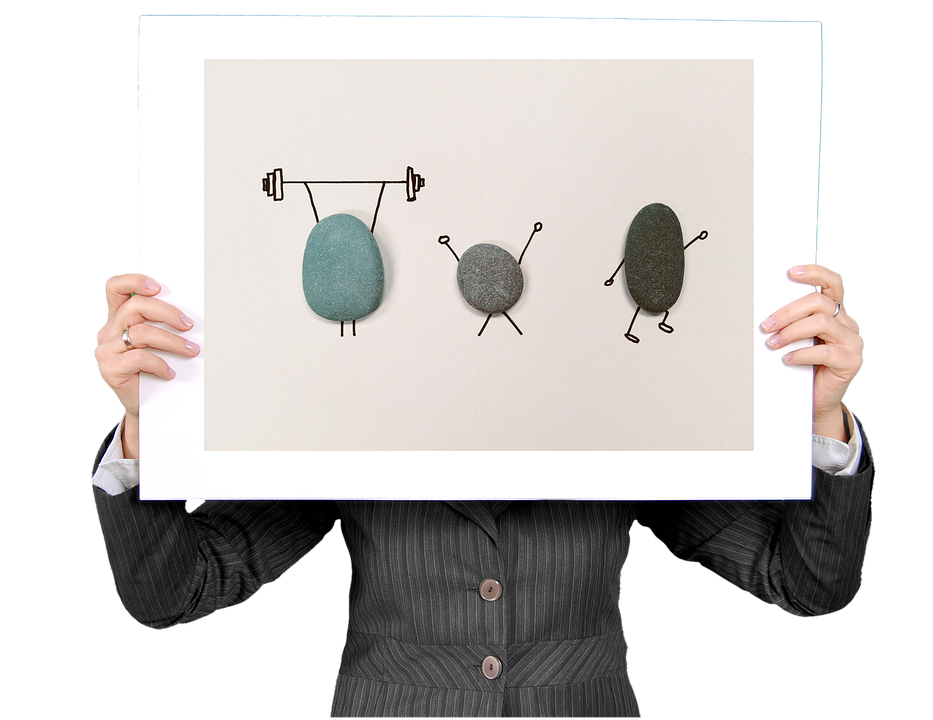
The Evolution of Villains: How Characters Transition from Antagonists to Antiheroes
Introduction
As long as fiction has existed, villains have played a central role in storytelling. Whether it’s the diabolical villain plotting world domination in a superhero comic or the conniving antagonist in a psychological thriller, villains have always been an essential element in creating conflict and driving the narrative forward. However, in recent years, there has been a noticeable shift in the portrayal of villains in popular media. Many modern narratives are now blurring the lines between villain and hero, with characters transitioning from antagonists to antiheroes. This evolution of villains has sparked much discussion and debate among fans and critics alike.
The Classic Villain
Traditionally, villains in fiction have been portrayed as the embodiment of evil. They are the characters who oppose the protagonist, creating conflict and tension throughout the story. Whether it’s a power-hungry dictator or a deranged serial killer, classic villains are often one-dimensional characters, motivated solely by their desire for destruction or domination. They have little to no redeeming qualities, making them easy to identify as the “bad guys” in the story.
The Rise of the Antihero
In recent years, there has been a growing trend in popular media to humanize villains and portray them in a more sympathetic light. This shift has given rise to the antihero – a character who possesses both heroic and villainous qualities. Antiheroes are complex and morally ambiguous, often straddling the line between right and wrong. They may have questionable motives or methods, but ultimately they are driven by a sense of justice or a desire to do what they believe is right.
Examples of Villains Turned Antiheroes
One of the most famous examples of a villain turned antihero is Severus Snape from the Harry Potter series. Throughout much of the series, Snape is portrayed as a cold and cruel antagonist, working against Harry Potter and his friends. However, as the story unfolds, it is revealed that Snape’s actions are motivated by his love for Harry’s mother, Lily. Snape ultimately sacrifices himself to protect Harry, revealing the complex and conflicted nature of his character.
Another example is Walter White from the TV series Breaking Bad. At the beginning of the series, Walter is a mild-mannered chemistry teacher who turns to cooking methamphetamine in order to provide for his family after being diagnosed with cancer. As the series progresses, Walter’s actions become increasingly morally reprehensible, but his descent into villainy is driven by his desire to secure his family’s future. Walter’s transformation from protagonist to antagonist challenges traditional notions of heroism and villainy.
The Moral Grey Area
The evolution of villains into antiheroes has blurred the lines between good and evil, challenging audiences to reconsider their perceptions of morality. In many cases, the villains turned antiheroes are driven by complex motivations and experiences that push them into morally grey territory. This moral ambiguity forces viewers to question whether the character’s actions are justified or if they are simply rationalizing their own selfish desires.
The Impact of Antiheroes on Popular Culture
The rise of antiheroes in popular media has had a significant impact on the way villains are portrayed in storytelling. Audiences are now more likely to sympathize with and root for characters who may have been considered irredeemable villains in the past. This shift has forced creators to explore the complexities of human nature and challenge traditional notions of heroism and villainy.
Conclusion
The evolution of villains into antiheroes is a testament to the ever-changing nature of storytelling. As audiences’ tastes and expectations evolve, so too do the characters that populate our favorite stories. By blurring the lines between hero and villain, creators are able to explore the intricacies of human nature and challenge our preconceived notions of morality. The transition from antagonist to antihero has added depth and complexity to characters and narratives, making for richer and more engaging storytelling. Villains will always have a place in fiction, but the rise of the antihero has given them a new lease on life.